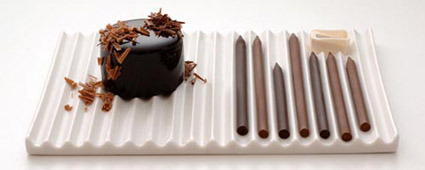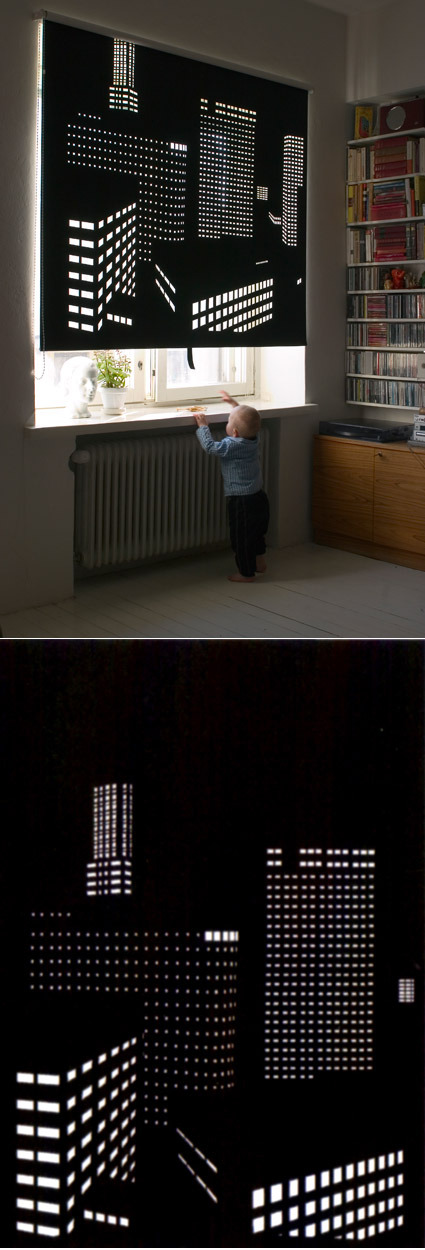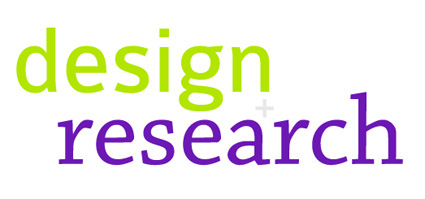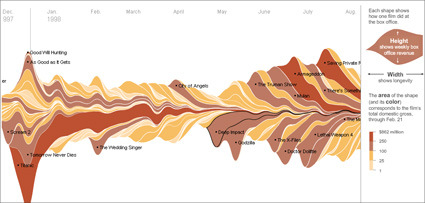
WIRED has a rather comprehensive overview on the trend towards free products, especially in the services/products over the Internet. As a young person who basically grew up surrounded by free online products/applications – from my first Hotmail account, to Yahoo! search, to Google, to Netvibes, to digg, to Firefox, to this very blog – basically my entire online existence) , I’d say I’d have to agree – perhaps more accurately – expects and demands that great quality product remain free:
It took decades to shake off the assumption that computing was supposed to be rationed for the few, and we’re only now starting to liberate bandwidth and storage from the same poverty of imagination. But a generation raised on the free Web is coming of age, and they will find entirely new ways to embrace waste, transforming the world in the process. Because free is what you want — and free, increasingly, is what you’re going to get.
It’d certainly require a shift in our paradigms – how can I make money if I have to release my products as free? It’s certainly a wild shift from the more traditional brick-and-mortar operational model (and even then, my mobile phone is “free” with suscription plans). In the traditional model, I buy something, money changes hand, and then I get to use the product.
The ‘freenomenon‘ model works more like this: I get something for free, uses the product, and the seller hopes I’d eventually hand him some money. In a way, this means your free product has to be even better than the non-free ones: because you need to compel him to want to support and give you money, and your product’s value is evaluated over an extended usage time (e.g. a user will probably only upgrade to ‘pro’ accounts after a long period of testing/usage). This is certainly different from traditional marketing models where all you need to do is to convince the consumer at the point-of-purchase: at least you’ve won the profit for that transaction already.
So, I’m certainly looking forward to even more freemium products – it’d certainly be interesting to see this concept apply to non-tech sectors – like the free photocopying in some Japanese universities (subsidized by advertising on the reverse side). How else can it be? In what more forms can it take?








